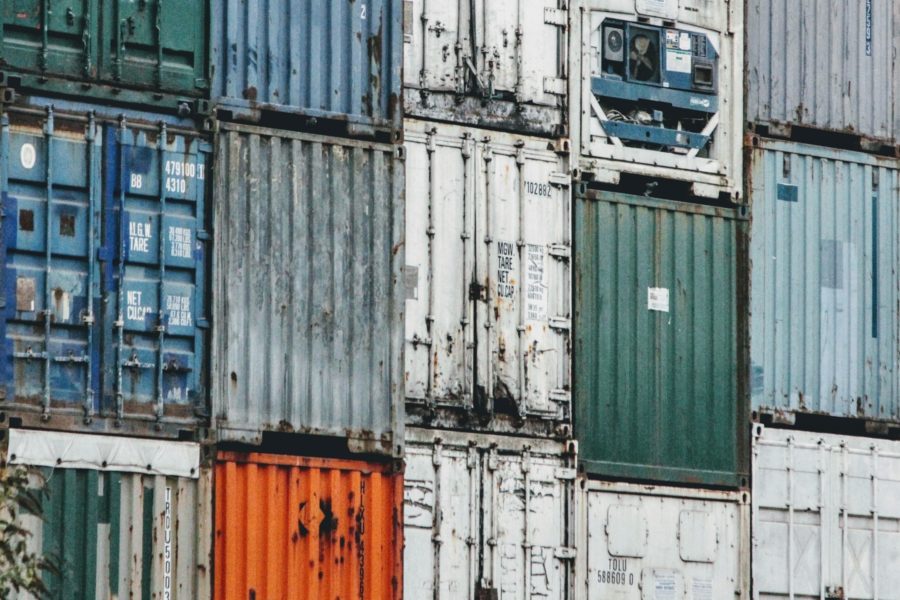May 5, 2021
Global Container Shortage Likely To Last Until 2022

The world does not have enough containers in the right places to handle cargo demand.
The New York Times recently reported how the box shortfall is contributing to inflation: “Demand … has outstripped the availability of containers,” while the U.S. pandemic situation has eased to the point where retailers can pass along higher transport costs to consumers without being accused of price gouging — and “the cost of just about everything is rising.”
Many months after the container shortage first emerged, how bad does the problem remain?
Equipment leasing companies are in a good position to answer that. These companies order containers from the very small number of Chinese manufacturers that build them and lease the boxes to shipping lines, which also order from factories directly.
Generally speaking, the more profitable the market conditions for container lessors, the tighter box capacity is and the more cargo shippers must pay liners for transport. The bad news for U.S. importers and exporters: Equipment lessors see smooth sailing ahead, likely into 2022.
“There’s no indication from the shipping companies that they expect to see any easing of the tightness of supply that they’re dealing with,” said Tim Page, interim CEO of CAI International, on the call with analysts. “So … the horizon looks pretty good for us, at minimum through the end of this year, and likely well beyond that.”
The price of containers is an indication of ongoing scarcity. The price for a new container is now $3,500 per cost equivalent unit (CEU, a measure of the value of a container as a multiple of a 20-foot dry cargo unit) versus $1,800 per CEU in early 2020 and $2,500 per CEU in late 2020. The cost has remained roughly steady at $3,500 per CEU for the past three months.
Chinese factories are not expanding production capacity, with no indication from manufacturers that they’re going to increase container production. In other words, Chinese factories are keeping production in check to keep their newbuild prices high. This negates the hope on the cargo-shipper side that the market might be flooded with excess new containers, thereby bringing freight rates down.